|
Pennine Waterways |
Huddersfield Narrow Canal |
![]()
Home
![]() Canals
Canals
![]() Restoration
Restoration
![]() Links
Links
![]() Bookshop
Bookshop
![]() Wallpaper
Wallpaper
![]() Site Map
Site Map
![]() Contact
Contact
![]()
| Platt Lane and Lock 21E, Slaithwaite |
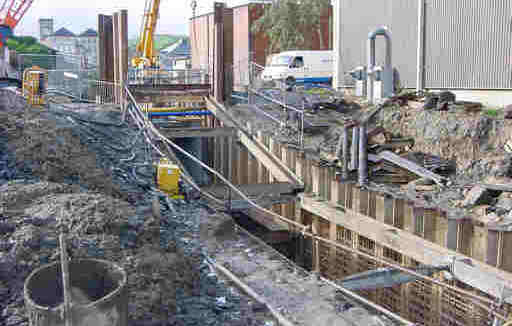
The picture shows the piling in place when the new channel was dug out. Concrete box-culvert bridge sections can be seen to the left of centre.
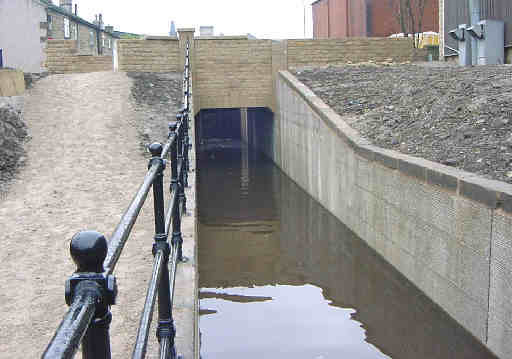
Looking west towards Platt Lane bridge when the work was almost complete. The bridge was constructed from pre-cast concrete bridge sections lowered into place. The bridge has being clad with stone.
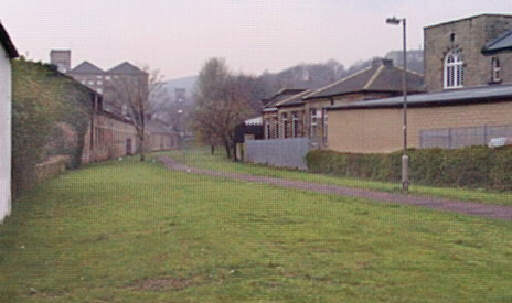
This was the view looking west from Platt Lane before restoration. The canal had been filled in and grassed over. The new Lock 21E will be built in the foreground.
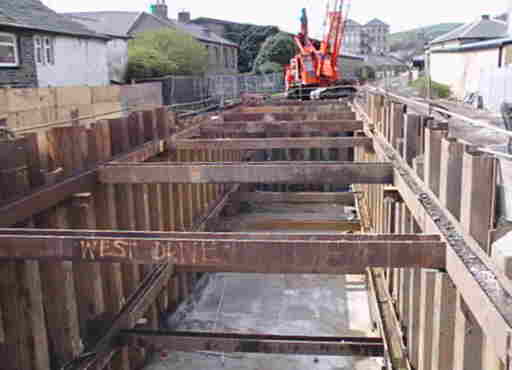
The new lock under construction. Sheet piles have been sunk around the site and the ground between them excavated. A concrete base has been laid onto which the concrete structure of the lock will be built.
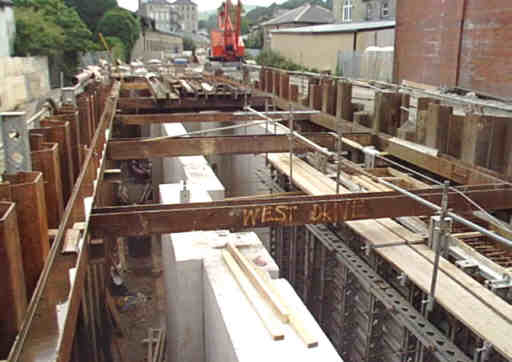
The concrete structure of the lock chamber nears completion. The spaces alongside will be in-filled and coping stones laid along the top of the concrete side walls.
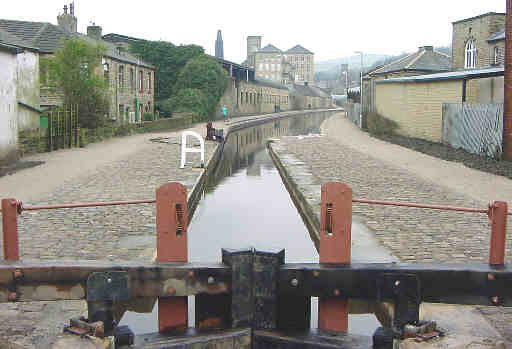
Looking west from Platt Lane after restoration showing the new Lock 21E and the channel beyond. Sheet piles were sunk and the ground between them excavated. The concrete lock structure was constructed in the hole. The space around the concrete structure has been filled and the piles have been removed. The canal channel beyond has been excavated and pre-cast concrete wash walls constructed along each side. The lock gates have now been fitted.
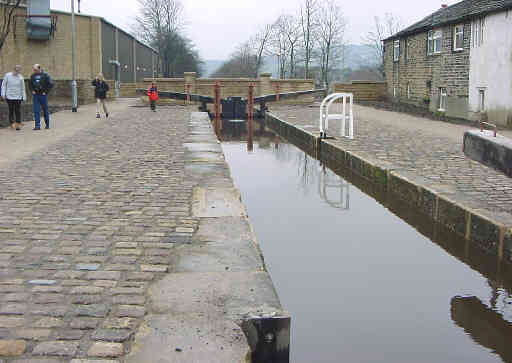
Looking east along Lock 21E to the new bridge constructed for Platt Lane, now clad with stone. The lock side area has been paved with stone setts.
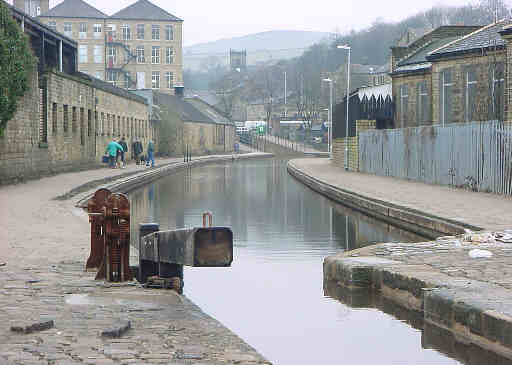
The section of canal between Platt Lane and Carr Lane, looking west from Lock 21E.
Next page: New Channel and Winding Hole